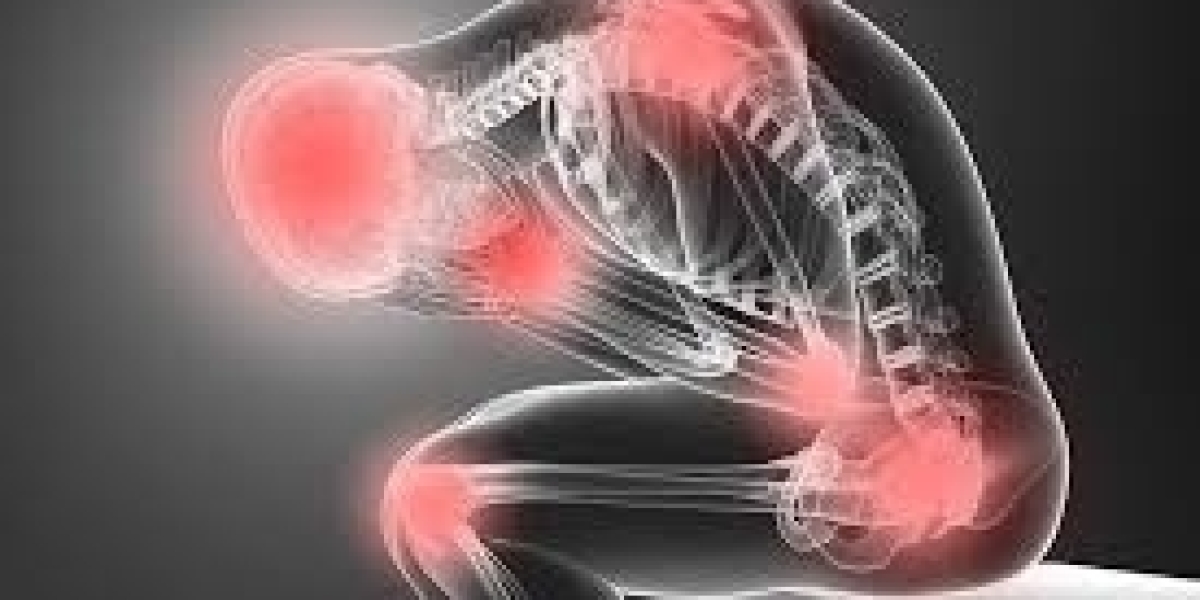Starting off:
When it comes to medical innovation, virtual reality (VR) stands out as a very exciting new area, especially when it comes to managing pain. Even though people have been dealing with pain for a very long time, virtual reality (VR) technology has opened up new ways to ease suffering and improve patient health. This piece talks about how pain and virtual reality are connected. It looks at how VR can help with pain management and how it can be used in different areas of medicine.
Understanding Pain Perception:
Pain is a complicated feeling that is affected by many things in our lives, including our biology, our psychology, and our social interactions. Pharmaceutical interventions, physical therapy, and psychological methods have been used to treat pain for a long time. But these methods might not always help enough, and they might come with side effects or be limited in some way.
What Virtual Reality Can Do to Help with Pain Management:
People are interested in virtual reality because it might help people who are in pain. Virtual reality is a computer-generated setting that makes you feel like you are physically present in a virtual world. Because VR is so engrossing, it lets people have interesting experiences that take their minds off of pain signals, making them feel less uncomfortable. VR can also change how people feel pain through neural processes, such as the gate control theory and distraction-induced analgesia.
Gate Control Theory:
Melzack and Wall came up with the gate control theory of pain in 1965. It says that pain signals are controlled by a gating system in the spinal cord. When non-painful stimuli are added, like those that come from VR experiences, they can block the "gate" that sends pain signals to the brain. This mechanism suggests that immersive VR environments might be able to change how people feel pain by changing the way neurons receive sensory information.
Analgesia Caused by Distraction:
Along with the gate control theory, VR distraction has been shown to cause analgesic effects by taking the mind off of pain. VR grabs people's attention and immerses them in different experiences by putting them in worlds that are interactive and visually interesting. This mental distraction not only lowers the amount of pain that you think about, but it also makes you feel calm and good, which further reduces pain.
Applications of VR in Pain Management:
Virtual reality technology can be used in a wide range of medical settings and with a wide range of patients. A notable area is acute procedural pain management , where VR has been used to ease pain during medical operations like wound care, dental work, and venipuncture. By giving patients immersive distractions, VR reduces the stress and worry that comes with these procedures, making the whole treatment experience better.
Chronic Pain Management:
Virtual reality has the potential to help people with neuropathic pain, fibromyalgia, and musculoskeletal diseases as well as people with acute pain. Chronic pain is often caused by a complicated mix of biopsychosocial factors, which makes it hard to treat with standard methods alone. VR treatments are an extra type of therapy that can help with both the physical and mental aspects of chronic pain. Virtual reality (VR) helps people relax, deal with stress, and find better ways to deal with problems by giving them personalized, immersive experiences. This gives patients more control over their conditions.
Mental Health:
Virtual reality has become an important part of mental health and healing because it helps with motor learning, functional recovery, and pain rehabilitation. VR exercises and simulations let people do therapeutic activities in settings that are fully immersive and look and feel like the real world. People who are healing from orthopedic injuries, neurological conditions, or stroke can benefit from interactive VR experiences that help them move, coordinate, and get proprioceptive feedback while reducing the inhibitions that come from pain.
Mental Health and Quality of Life:
Virtual reality has effects on more than just relieving pain. It also has effects on mental health and quality of life. People who are in chronic pain often have serious mental effects, such as depression, worry, and feeling alone. By making people feel more present, connected, and in control in simulated worlds, virtual reality interventions can help with these comorbidities. VR helps patients get better care and have better results overall by making them feel better and improving their psychosocial functioning.
Challenges and Future Directions: Virtual reality has a lot of promise to help people deal with pain, but there are some problems that need to be thought about. Technical problems, like motion sickness, eye strain, and the cost of the tools, might stop a lot of people from using it. Also, VR interventions may work differently for different people and types of pain, so more study is needed to find the best ways to treat these conditions and make interventions fit the needs of each patient.
As we look to the future, improvements in VR technology like haptic feedback systems, personalized simulations, and immersive neurofeedback could make VR-based pain management techniques even more effective. Also, clinicians, researchers, and technology developers need to work together across disciplines to move evidence-based practices forward and incorporate VR into everyday healthcare situations.
Virtual reality is a revolutionary way to treat pain because it allows for immersive experiences that change how people feel pain, improve their mental health, and make their general quality of life better. VR has promise in many areas of medicine, from acute procedure pain to chronic pain conditions and rehabilitation settings. Virtual reality is opening the way for new and patient-centered ways to treat pain by using the power of technology to change the way patients feel. As research grows and technology improves, virtual reality has the potential to completely change the way pain is managed, bringing about a new era of compassionate care and better outcomes.








